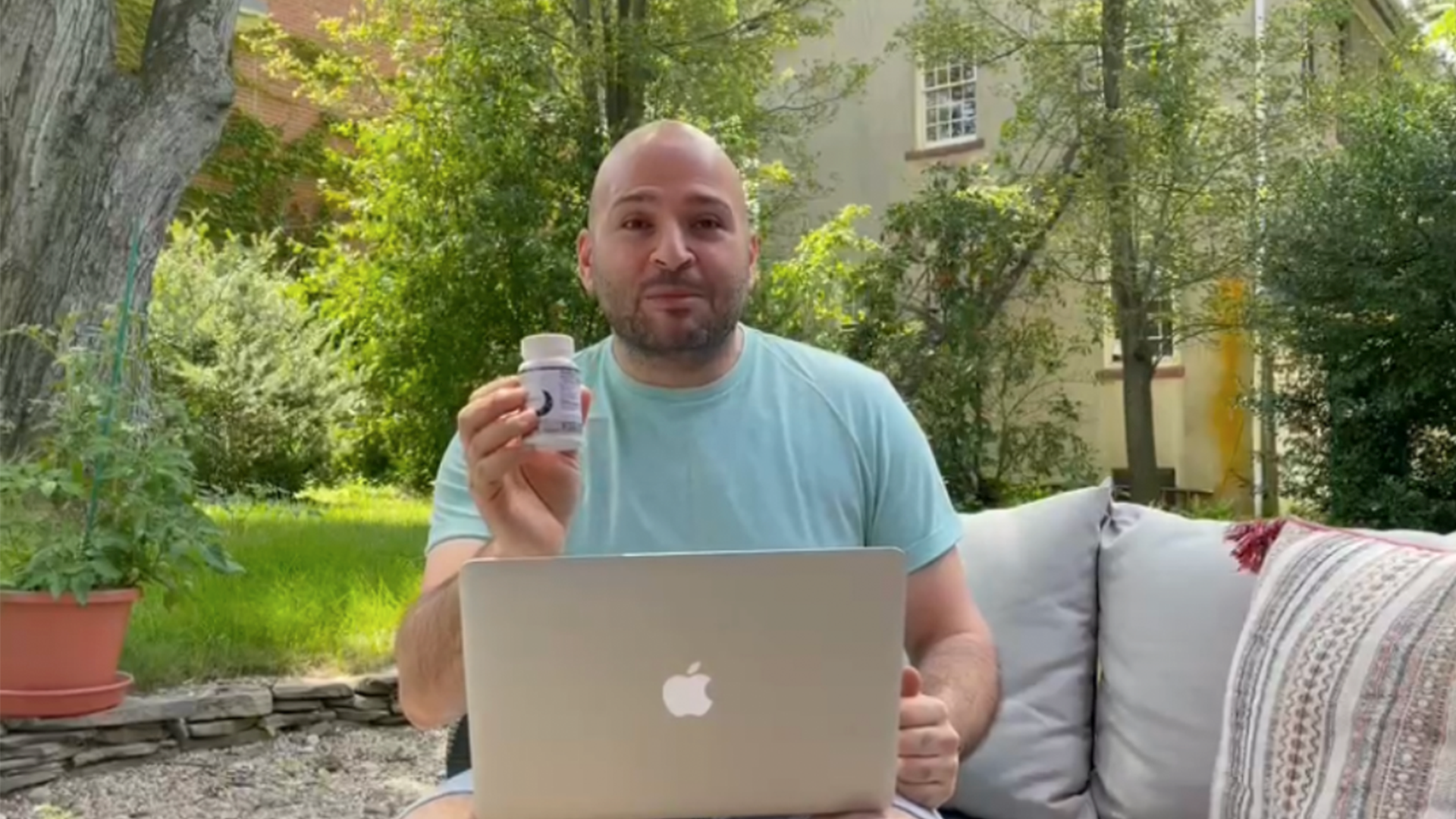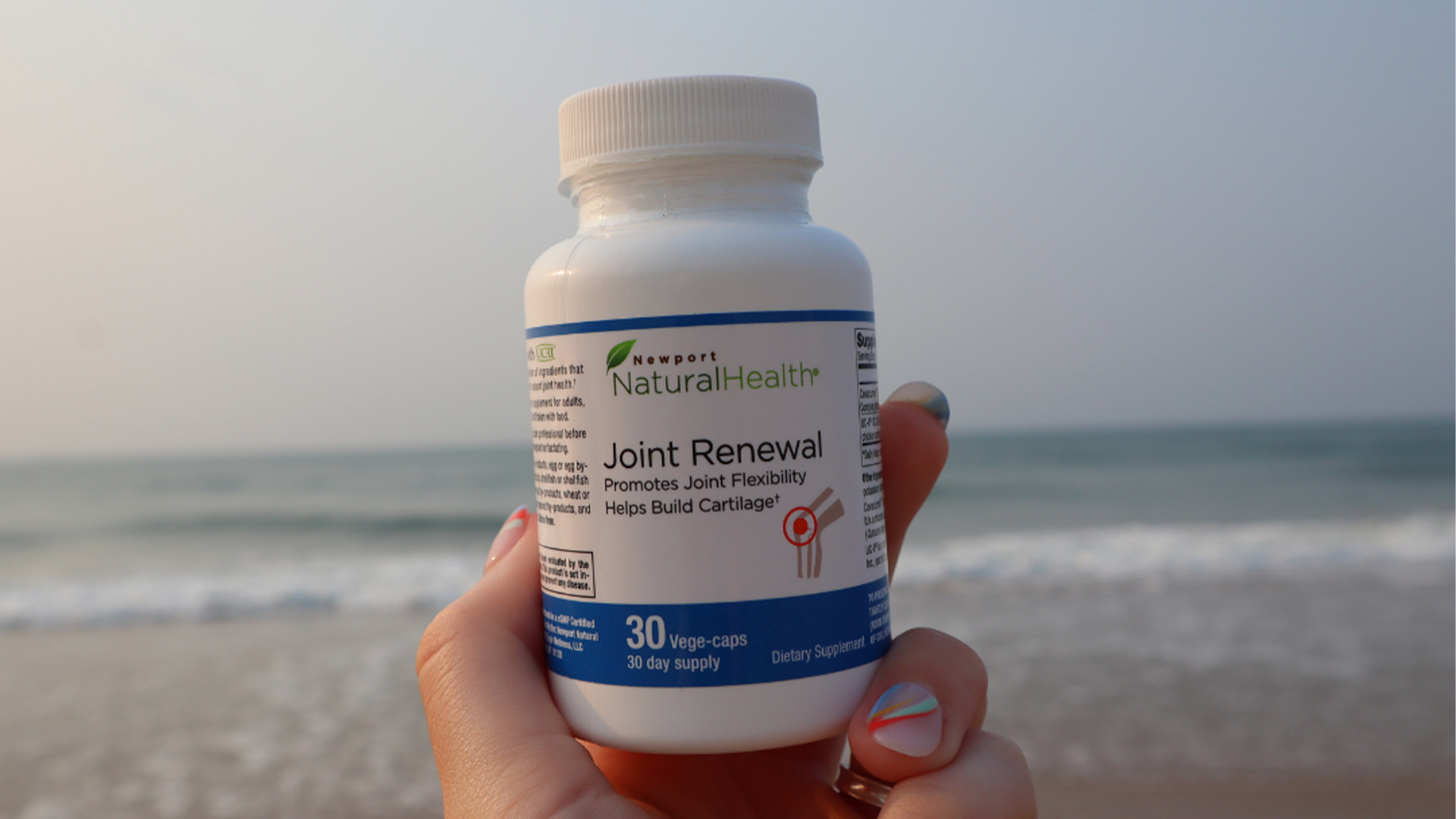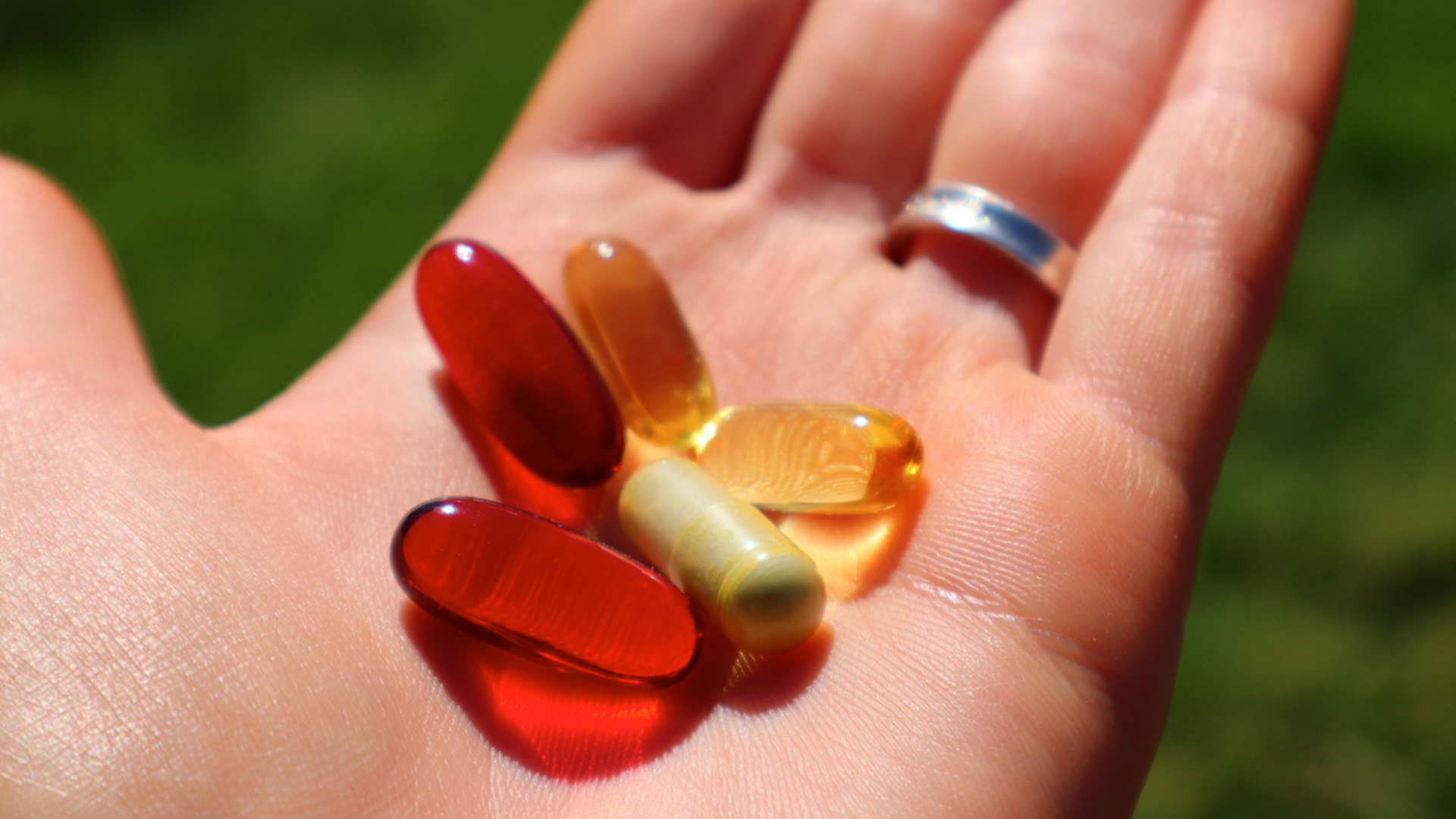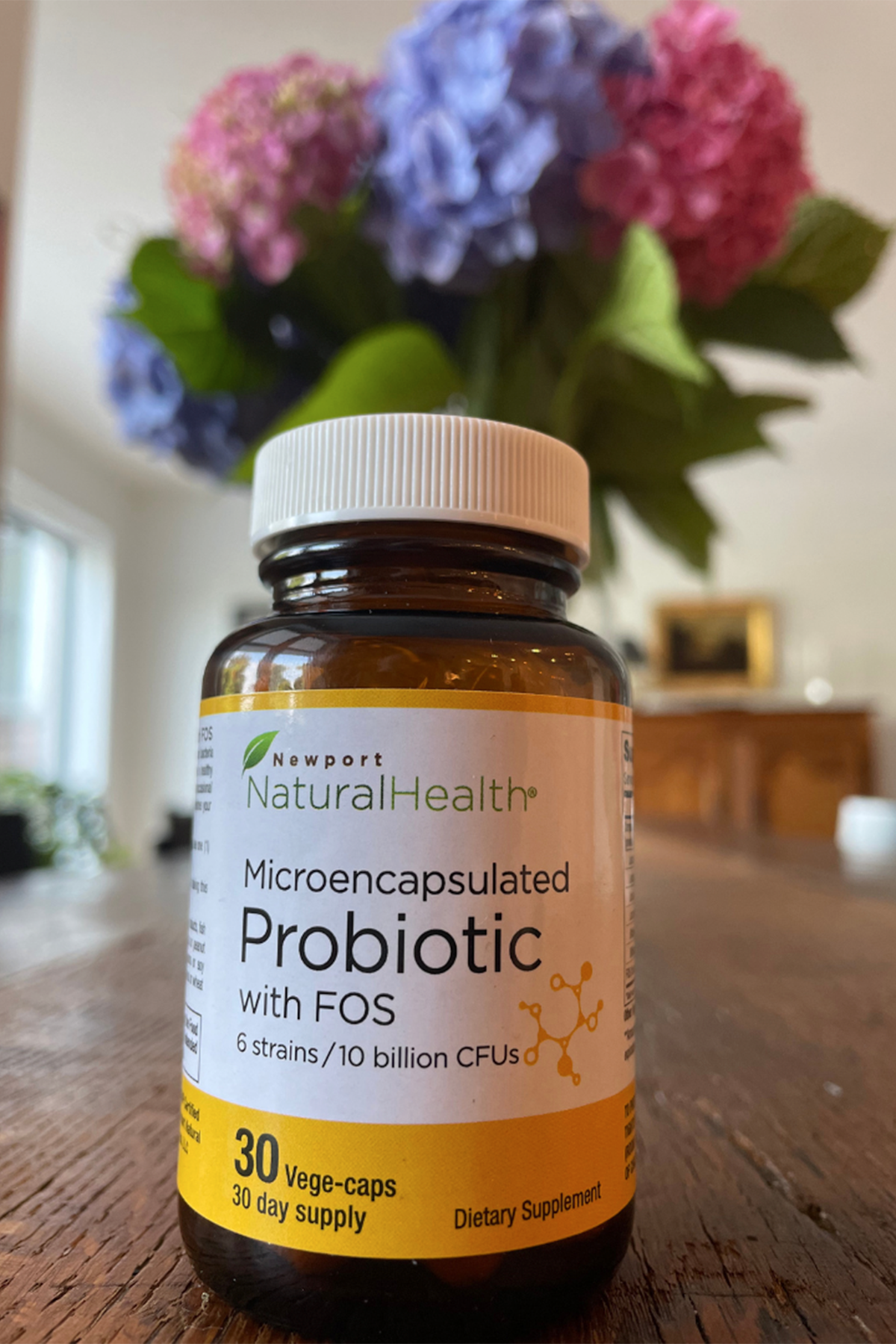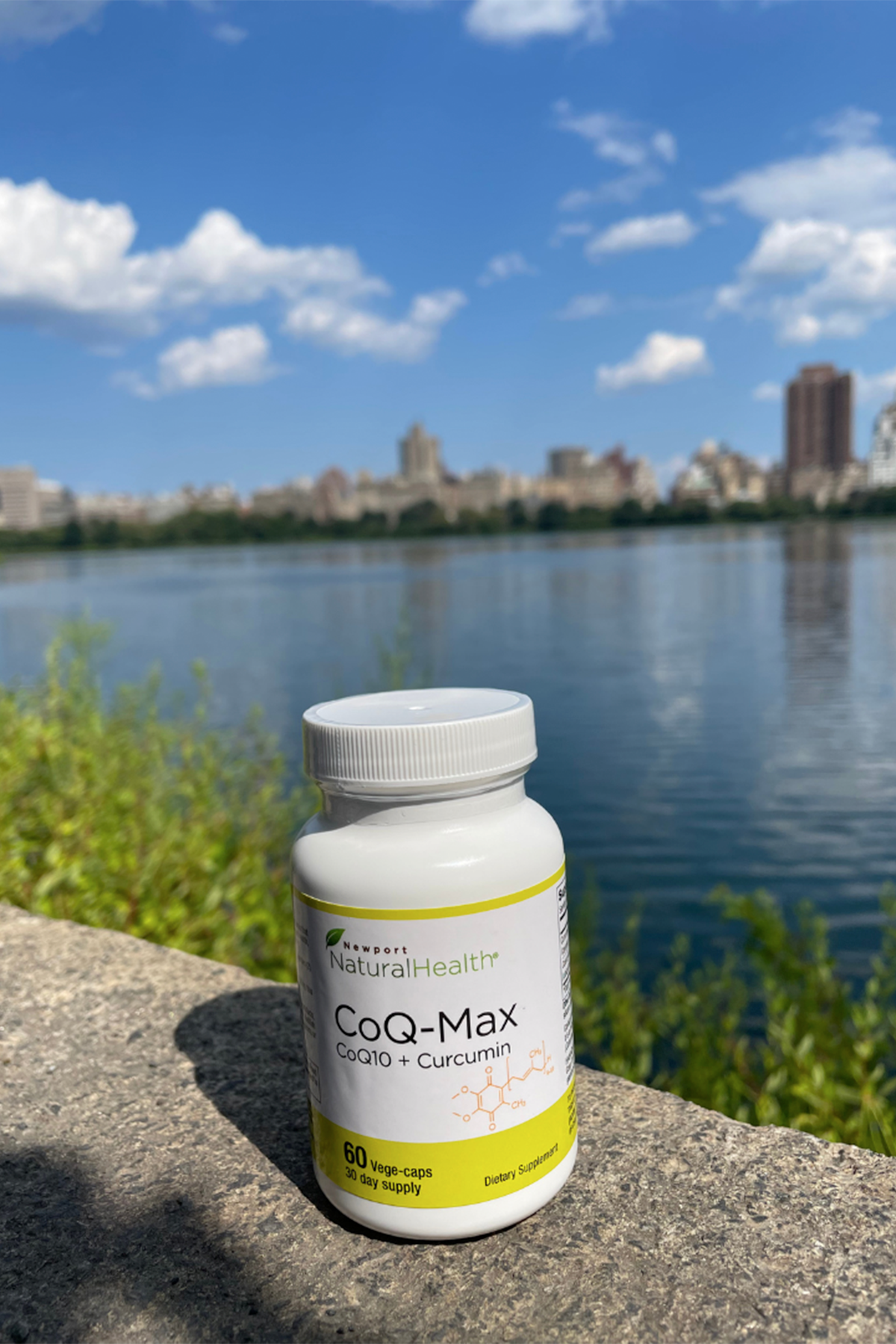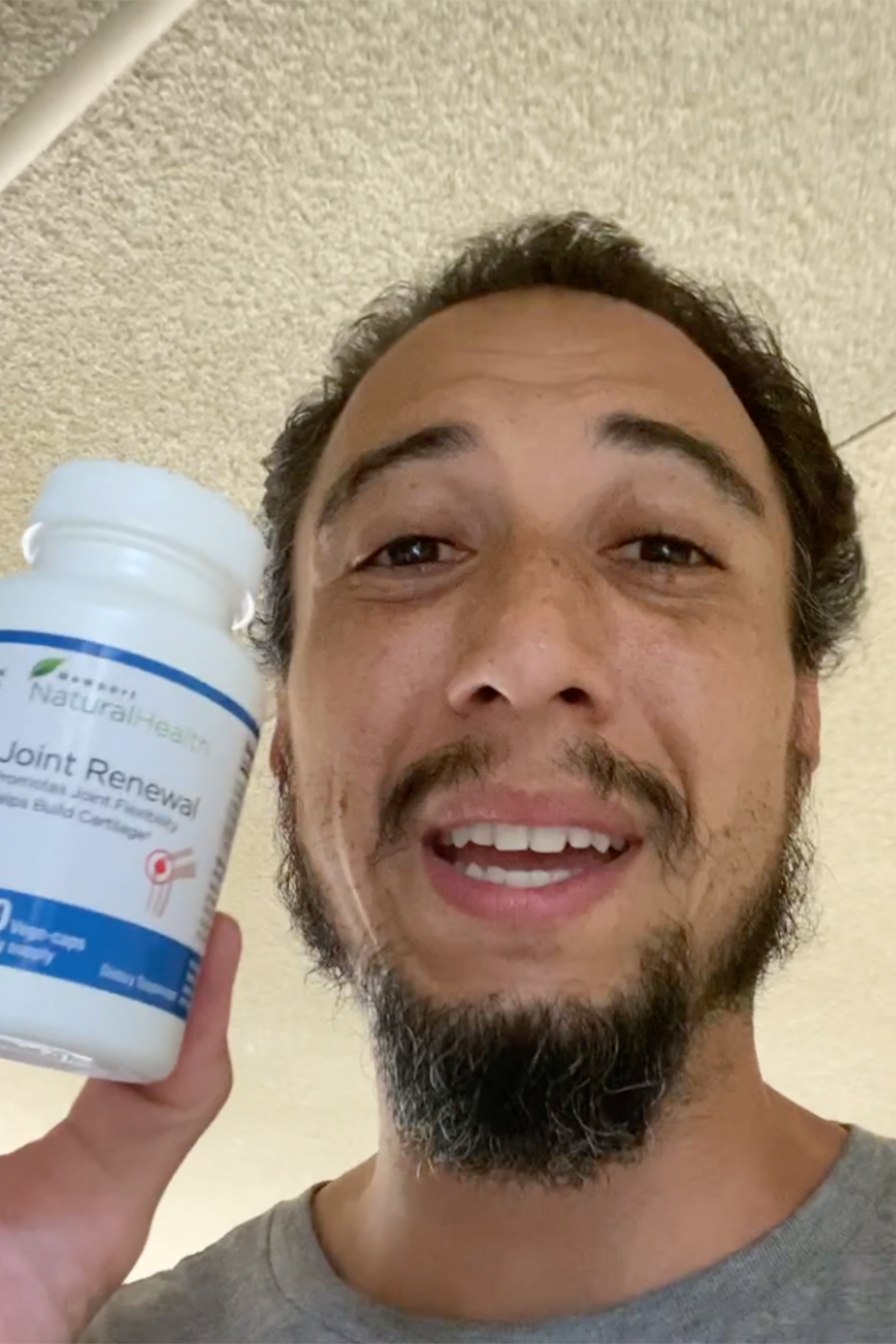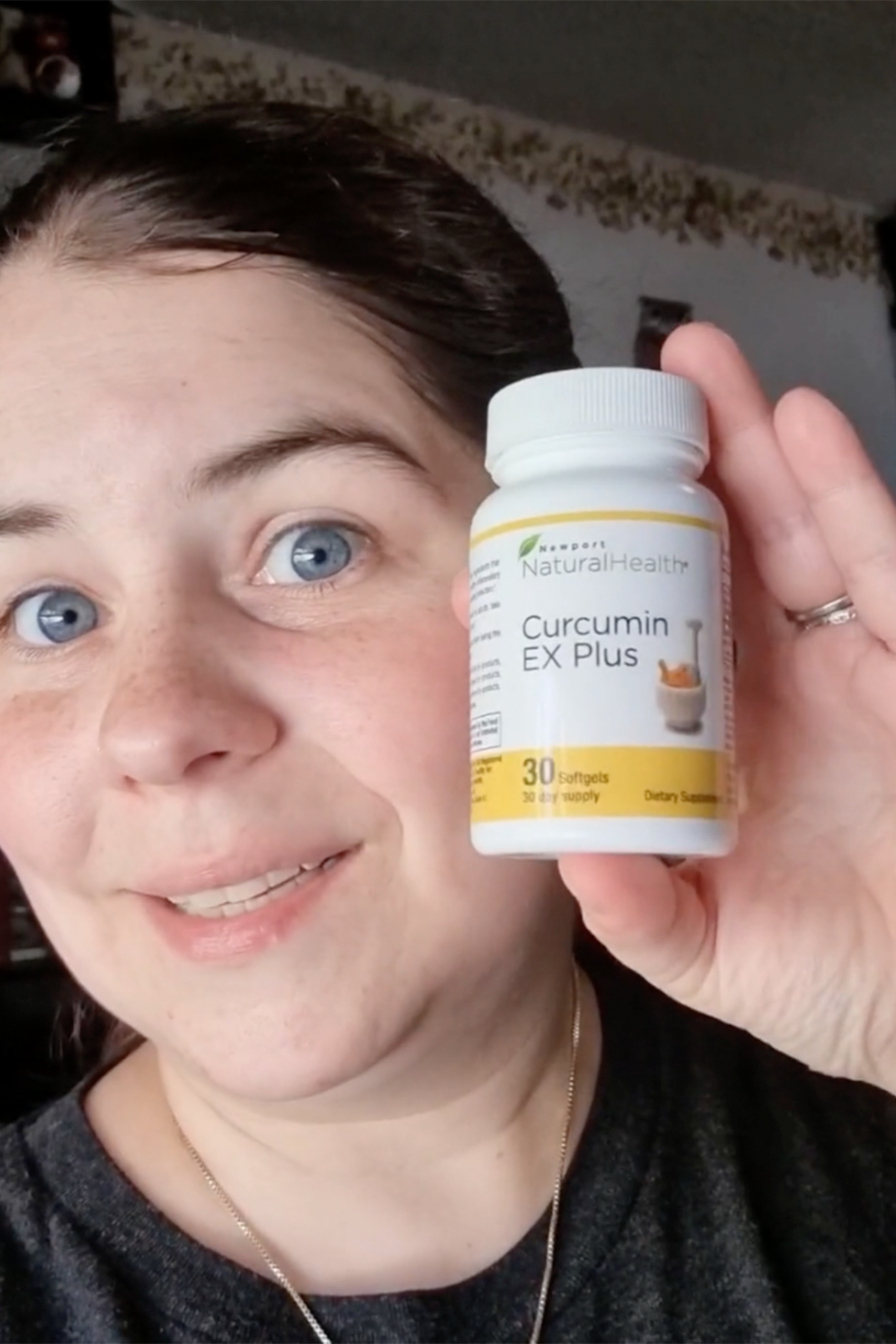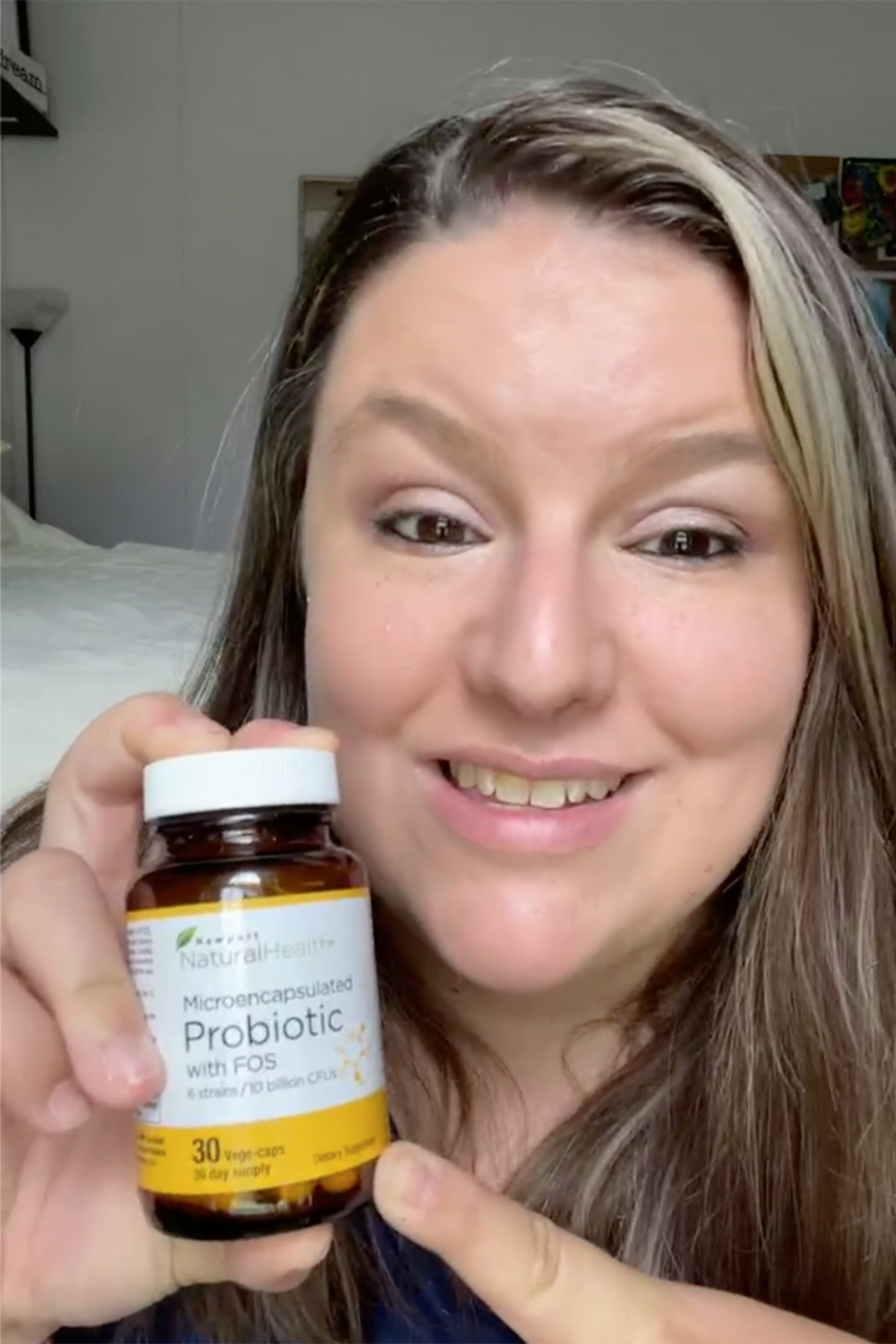If you are one of the millions of Americans who are currently taking medication for high blood pressure, I have some good news. You might be able to reduce the amount of drugs you’re taking or gradually do away with them altogether. Now, you could be thinking, “Why would I want to stop taking blood pressure medication? It’s not very expensive and my doctor told me to take it, so what’s the problem?”
The problem is twofold: First, taking drugs may ease symptoms of high blood pressure, but it does not correct the underlying issue that is causing the problem to begin with. The real question your doctor should be asking is why do you have high blood pressure? Are you seriously stressed out or dehydrated from drinking too little water? A smoker? Are you eating prepared, processed foods that harden your arteries, making it more difficult for your heart to pump blood efficiently (not to mention robbing you of nutrients)? Or are you stubbornly insisting you have “no time” to exercise – but plenty of time to watch sports every weekend. (Sorry, but when it comes to your health, I won’t mince words.)
If you have high blood pressure (sometimes called hypertension) and you’re not willing to change your lifestyle to lower it, then you will be taking drugs – and dealing with the complications – for the rest of your life. It’s really that simple. And in most cases, it’s completely unnecessary.
Blood Pressure Basics
Your blood pressure reading actually combines two different measurements, known as systolic and diastolic. Systolic is usually written first, with diastolic appearing second. So, a typical blood pressure reading is usually written as 115/75 mm Hg (“mm Hg” stands for millimeters of mercury).
Systolic blood pressure shows the pressure in the blood vessels when the heart contracts. Diastolic blood pressure measures the pressure in the blood vessels when the heart is at rest.
This chart explains which numbers qualify as low, normal, pre-hypertension (“hypertension” is another word for blood pressure), and high:
- Low blood pressure (hypotension) = less than 90 (systolic), less than 60 (diastolic)
- Normal = 90–119 (systolic), 60–79 (diastolic)
- Pre-hypertension = 120–139 (systolic), 80–89 (diastolic)
- High blood pressure (hypertension) = 140+ (systolic), 90+ (diastolic)
Are You Suffering from Side Effects?
You must be aware that all prescription drugs have side effects, and the medications used to lower blood pressure – diuretics, beta-blockers, and ACE inhibitors – are no exceptions. Here, for example, are a few of the known side effects of diuretics, the blood pressure drug usually prescribed as first-line treatment. (Diuretics, also known as water pills, help lower blood pressure by encouraging the body to eliminate salt and water through the urine.)
Diuretics’ side effects, which tend to be more problematic for older people, can vary, but generally they include:
- Loss of essential minerals
- Kidney damage
- Erectile dysfunction
- Digestive disorders
- Elevated triglycerides (blood fats) and LDL (bad) cholesterol
- Vision problems
- Anxiety and restlessness
- Anemia
- Sensitivity to sunlight
There are several types of diuretics, and they are sold under many different names, including hydrochorothiazide, Lasix (furosemide), metolazone, Diamox, Naturetin, HydroDiuril and Exna, to name just a few.
Now, let’s look at just one of those side effects – mineral loss – to see what it means to your health.
Your body must have minerals to function. Yet most diuretics flush some of the most important ones from your system, including potassium.
To me, loss of potassium is the most serious problem diuretics cause. Potassium performs very important functions in the body, including transmitting electrical impulses in the heart to maintain regular rhythm. In addition, it has repeatedly been shown to lower blood pressure, assist neuromuscular functions, and maintain healthy levels of water and acidity in the body.
If a blood test reveals that you are low in potassium, your doctor might prescribe potassium-sparing diuretics, such as Aldactone and Midamor. But these can be risky for individuals with kidney disease. And they definitely are not appropriate for those who already have high levels of potassium in the blood, since too much potassium also presents health risks.
If your blood levels of potassium aren’t being regularly monitored, you won’t know that there’s a problem until you develop a symptom like muscle cramps, weakness, or an irregular heartbeat.
Oftentimes, a drug’s side effects don’t kick in for weeks, or even months, after you start taking the medication. So it’s quite common for patients to fail to connect the dots and not realize that the symptoms are linked to the medicine.
In general, I recommend 2,000 mg of potassium daily. Most of that should come from food. Be aware that potassium supplements are sold in 99 mg capsules or tablets, so clearly you can’t get the 2,000 mg from supplements alone.
Since we’re on the subject of supplements, here are a few others that are natural remedies for high blood pressure:
- Magnesium: 350 to 500 mg daily
- Coenzyme Q10 (CoQ10): 100 to 200 mg per day
- Omega-3 fatty acids: 2 to 4 grams daily
- Vitamin D: 1,500 IU per day
- Calcium: 1,000 to 1,500 mg daily
That may seem like a lot of nutrients, but be aware that many Americans are deficient in some or all of these substances, and even the healthiest diet might not provide sufficient amounts.
Problems from Pain Relievers?
Over time, some patients develop a tolerance for diuretics, making them less effective. If you do develop diuretic resistance, your physician might ask you to drink less water and reduce sodium intake even further than you already have. It’s likely you will also be told to avoid pain-relievers in the category known as non-steroidal anti-inflammatory drugs (NSAIDs), such as aspirin, ibuprofen, and naproxen.
In fact, if you have high blood pressure, there are several over-the-counter medications that you should use sparingly, since they either raise blood pressure or make blood pressure medication less effective. Taking NSAIDs regularly, for example, can cause damage to the kidneys, which, in turn, boosts blood pressure. Similarly, over-the-counter cold medications containing pseudoephedrine shrink the body’s blood vessels, elevating blood pressure.
I also suggest that my patients with high blood pressure avoid two popular herbal remedies, ginseng and licorice root. Ginseng can make heart arrhythmias worse, and it elevates blood pressure. Meanwhile, licorice root, which is often taken for digestion, can raise blood pressure, cause a drop in blood levels of potassium, and worsen an irregular heartbeat.
Bad Salt, Good Salt, No Salt?
If you’re being treated for high blood pressure, your doctor has probably recommended you consume less salt and try out the DASH (Dietary Approaches to Stop Hypertension) diet. This low-salt eating plan was developed by the National Heart, Lung, and Blood Institute to encourage individuals with hypertension to reduce blood pressure by eating more potassium-rich vegetables, fruits, grains, and healthy fats. By focusing on these foods, patients increase their intake of potassium and other vital minerals while reducing their intake of ordinary table salt that’s over-used in so many prepared, processed, and fast foods.
“Eat less salt” has become the mantra of mainstream medicine when it comes to high blood pressure. But does it work? Truthfully, I am not impressed with the results of the studies I’ve seen. Restricting salt may help salt-sensitive individuals lower their blood pressure a bit, but it’s not a remedy that works well for most.
That said, there is one very good reason to give up ordinary table salt – it lacks beneficial minerals, especially potassium and magnesium. These are both needed to maintain healthy blood pressure and reduce your body’s acidity. That is why I encourage my patients to use healthier types of salt.
Look for unrefined products labeled sea salt, Himalayan salt, or Celtic salt, to name a few. These types of natural salt can contain more than 90 different trace minerals that support various bodily functions.
There are also enhanced salt products available. Sometimes called “lite” salt, these products include added minerals, like potassium or magnesium. These products all cost a little more than conventional refined salt, but they are well worth it, in my opinion.
How Much Salt is Right for You?
The prestigious Institute of Medicine (IoM) recommends most Americans limit salt intake to between 1,500 mg and 2,300 mg of sodium daily. If you are in any of the following groups, though, you should stay as close to the 1,500 mg mark as possible to maintain good health. These groups include:
- Individuals age 51 or older
- Those of African American descent
- People with high blood pressure
- Individuals with diabetes or chronic kidney disease
Missing Out on Iodine?
While I encourage patients to replace ordinary table salt with more beneficial products, there is one concern you should be aware of – iodine deficiency. A trace mineral, iodine, keeps your thyroid functioning properly.
As with any nutrient, it’s important to get the right amount, and that is especially true of iodine. Both too much and too little iodine can cause low thyroid problems, known as hypothyroidism or, if you already have a low thyroid, it can make the condition worse.
Some symptoms of hypothyroidism include:
- Fatigue or weakness
- Depression
- Memory problems
- Sensitivity to cold
- Dry skin
- Thinning hair
- Weight gain
- Goiter (enlarged thyroid gland)
Since most ordinary table salt is fortified with iodine, replacing it with a healthier alternative means you’ll be getting less iodine. That could leave you vulnerable to heart disease, certain types of cancer, and depression.
The Recommended Daily Allowance (RDA) of iodine is 150 mcg (micrograms). The easiest way to make certain you’re getting enough is to purchase a multivitamin containing iodine. The nutrient is also found in several types of seaweed and seafood, which is good news for sushi lovers!
Unlike some medical conditions, high blood pressure is fairly easy to control without drugs. If you are currently taking medication, however, do not stop suddenly without speaking to your physician. As you increase your fruit and vegetable intake, your doctor can monitor your progress and guide you through the process of leaving drugs behind. I’ve gone through these steps with a number of patients, including Roger, and they all report feeling far better afterward.
Last Updated: September 2, 2020
Originally Published: September 1, 2014



